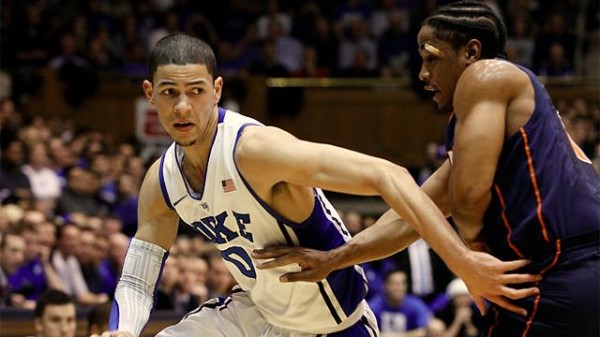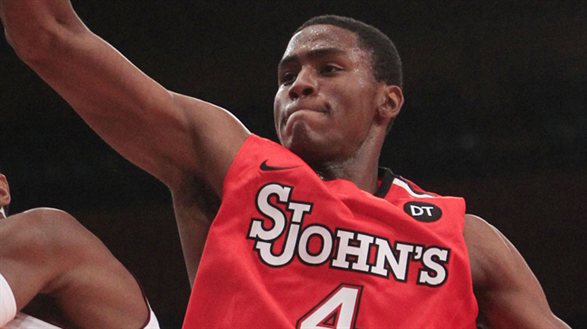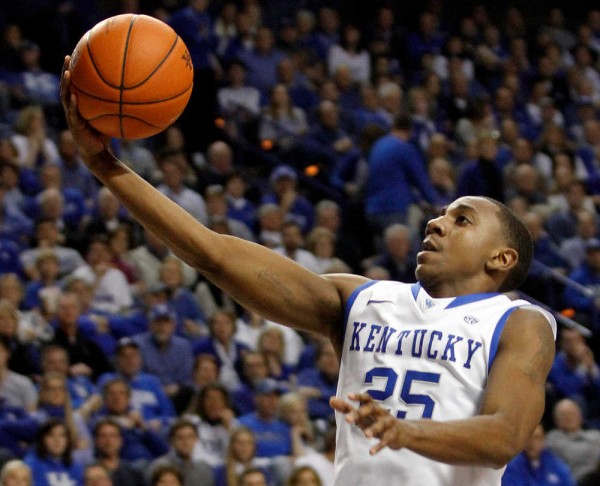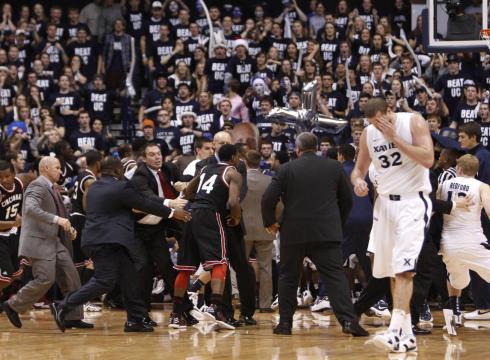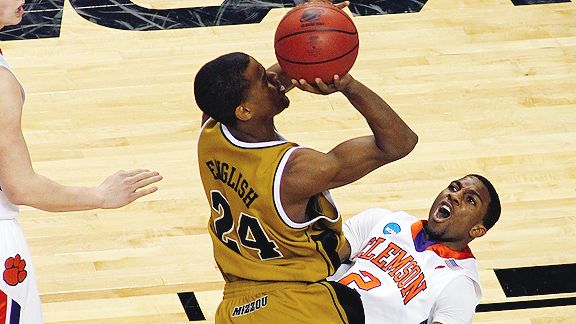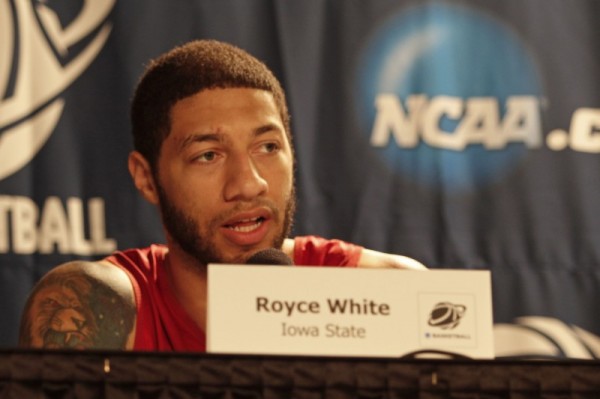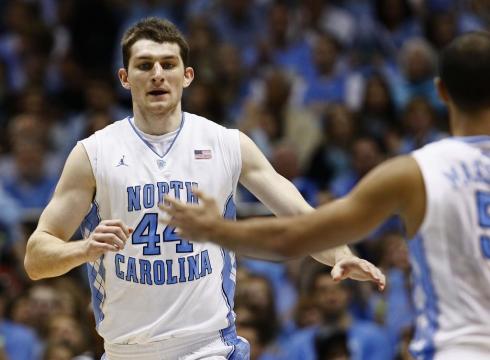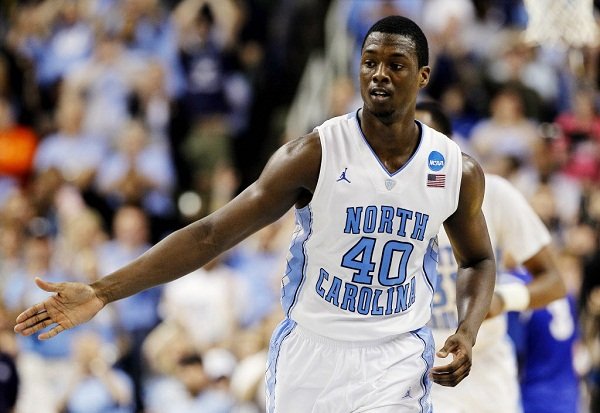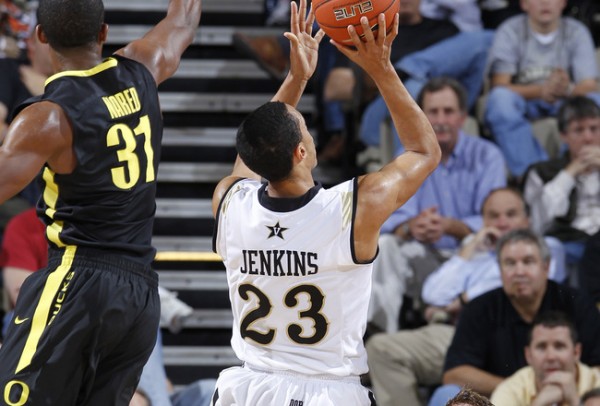RTC NBA Draft Profiles: Austin Rivers
Posted by EJacoby on June 18th, 2012The 2012 NBA Draft is scheduled for Thursday, June 28, in New York City. As we have done for the last several years, RTC’s team of writers (including Andrew Murawa, Kevin Doyle, Evan Jacoby, Matt Patton, and Danny Spewak) will provide comprehensive breakdowns of each of the 35 collegians most likely to hear his name called by David Stern in the first round on draft night. We’ll work backwards, starting with players who are projected near the end of the first round before getting into the lottery as June progresses. As an added bonus, we’ll also bring you a scouting take from NBADraft.net’s Aran Smith at the bottom of each player evaluation.
Note: Click here for all published 2012 NBA Draft profiles.
Player Name: Austin Rivers
School: Duke
Height/Weight: 6’5” / 200 lbs.
NBA Position: Shooting Guard
Projected Draft Range: Late Lottery Pick
Overview: Austin Rivers came into college as perhaps the most hyped freshman in the country; the consensus #2 recruit behind Kentucky’s Anthony Davis. The son of Boston Celtics head coach and former longtime NBA point guard Doc Rivers, Austin has been in the spotlight for many years now. His one-year “career” at Duke produced mixed results, as he was a very effective offensive player from day one but also struggled to play within the team concept. Without Rivers, Duke would never have come close to receiving a #2 NCAA Tournament seed. But with him, the Blue Devils couldn’t even defeat Lehigh in the first round. Rivers hurt the team as much as he helped it during certain stretches of games. But overall, there’s no denying his explosive scoring ability. He averaged 15.5 PPG as a consistent producer, reaching double figures in 30 of his 34 games and was capable of going for 20-plus in any game. He put up 29 points on the road at North Carolina, including the game-winning buzzer beater that was one of 2011-12’s greatest moments. That’s the kind of player Rivers is; he has the utmost confidence in his ability and wants to take all the big shots. He has a killer crossover and lightning-quick first step as well as unlimited range on his jumper. But he was not a very efficient player as a frosh – shooting percentages of 43.3% (FG), 36.5% (3FG), and 65.8% (FT) all need improvement. The former two numbers show evidence of his questionable shot selection, and the third was unfortunately low for a player that got to the line with regularity. He averaged more turnovers (2.3) per game than assists (2.1) and doesn’t look like he can play NBA point guard. Rivers remains an elite scoring prospect as an undersized two, but needs work on his decision-making and defensive work ethic.






























